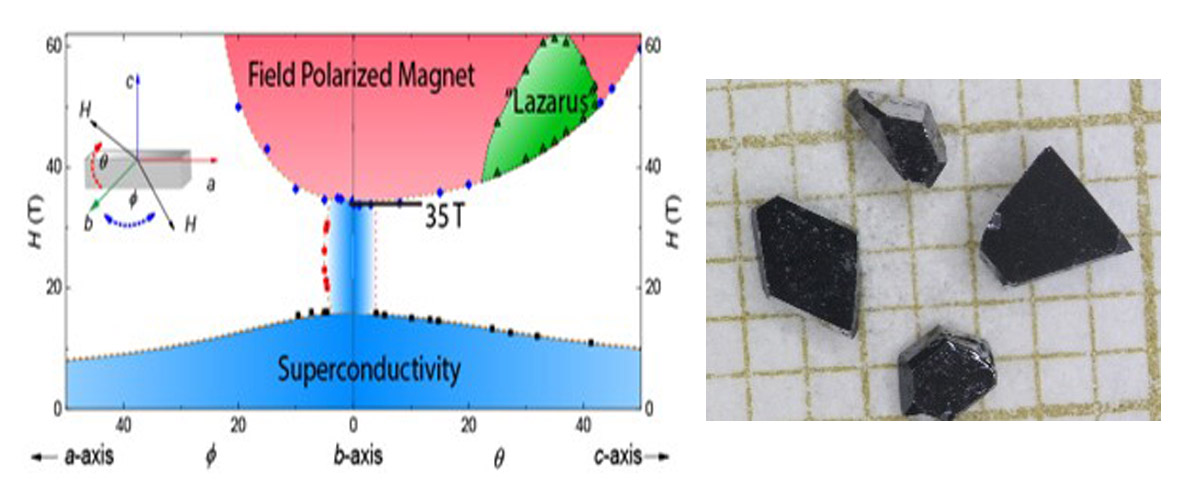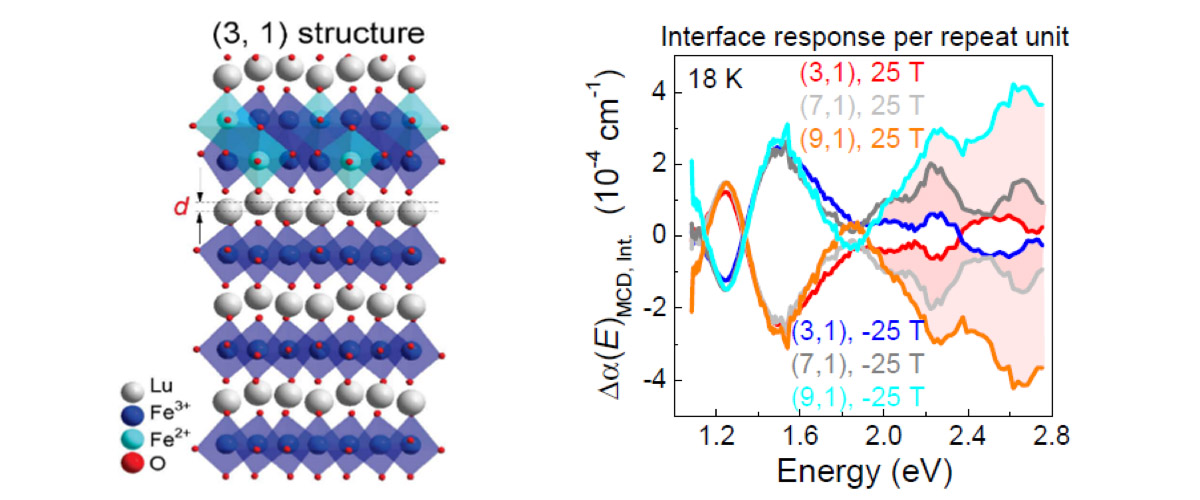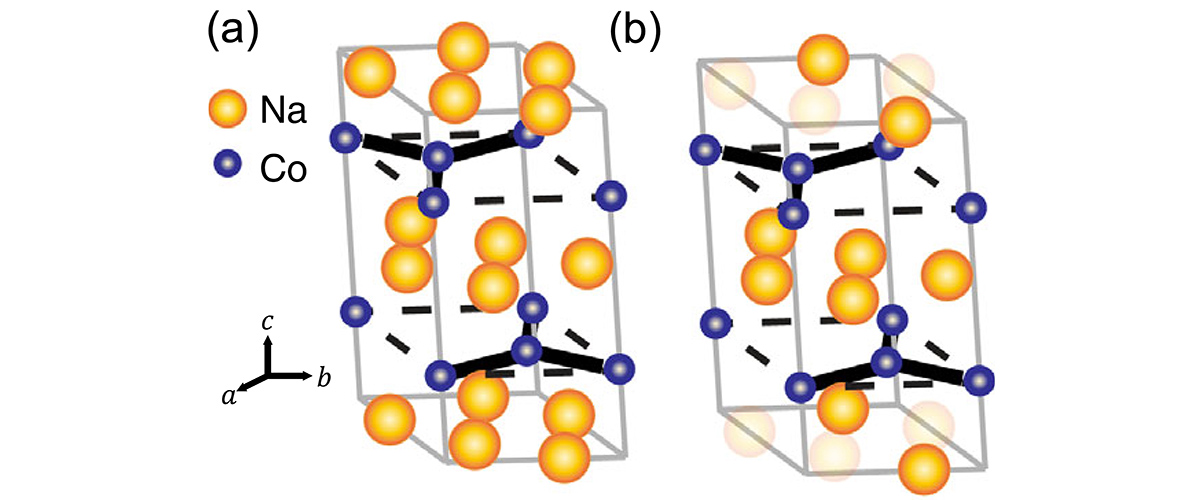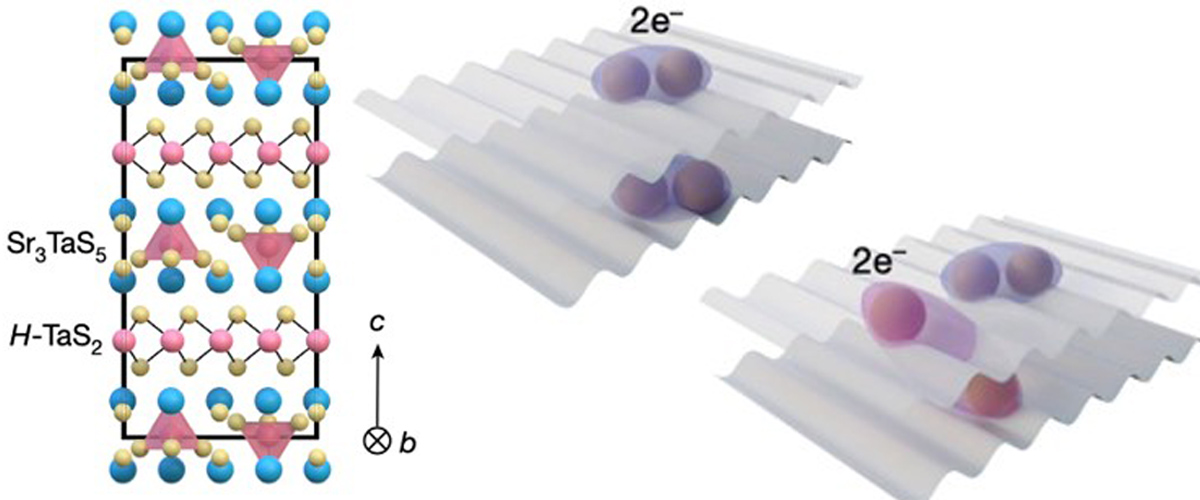What did scientists discover?
In quantum materials, superconductivity and magnetism typically do not "play nice" with each other in the sense that the presence of one is a detriment to the other.
A group of MagLab users recently found an exception to this rule when they studied UTe2 in high magnetic fields. An unusually high magnetic field of 35T is required to destroy the exotic superconductivity in uranium ditelluride, which underscores its uniqueness. However, at higher magnetic fields, superconductivity arose from the quantum crypt and came back to life from 40 – 65 T as these MagLab users discovered a second, "Lazarus", superconductivity which defies our basic understanding of superconductor physics.
Why is this important?
These results confirm the mounting evidence that uranium ditelluride is an unusual "p-wave spin-triplet" superconductor. Physicists are searching for such materials in order to exploit their topological properties in future fault-tolerant quantum computing.
More fundamentally, the "Lazarus" phase violates our textbook understanding of superconductivity and will thus teach us something new about how superconductivity works.
Who did the research?
S. Rans1,2,3, I-L. Liu1,2,3, Y.S. Eo1, D.J. Campbell1, P. Neves1, W.T. Fuhrman1, S.R. Saha1,2, C. Eckberg1, H. Kim1, D. Graf4, F. Balakirev5, J. Singleton5,6, J. Paglione1,2, and N.P. Butch1,2
1CNAM, Department of Physics, University of Maryland 2NIST Center for Neutron Research 3Department of Materials Science and Engineering, University of Maryland 4MagLab Florida State University 5MagLab Los Alamos National Laboratory 6Department of Physics, The Clarendon Laboratory, University of Oxford
Why did they need the MagLab?
The large magnetic fields (35T) required to destabilize the low-field superconductivity are not achievable with even the largest conventional magnets available in universities. The "Lazarus" superconductivity exists at even higher fields (40T to 65T) and would not have been otherwise discovered.
Details for scientists
- View or download the expert-level Science Highlight, "Lazarus" superconductivity: extreme re-entrant superconductivity
- Read the full-length publication, Extreme magnetic field-boosted superconductivity, in Nature Physics
- Read a more science-interested public version in News Rare "Lazarus superconductivity" observed in promising material
Funding
This research was funded by the following grants: Boebinger (NSF DMR-1157490, NSF DMR-1644779), Paglione (NSF DMR-1610349, DOE DE-SC0019154, Moore GBMF4419), Butch (NIST)
For more information, contact Tim Murphy.






